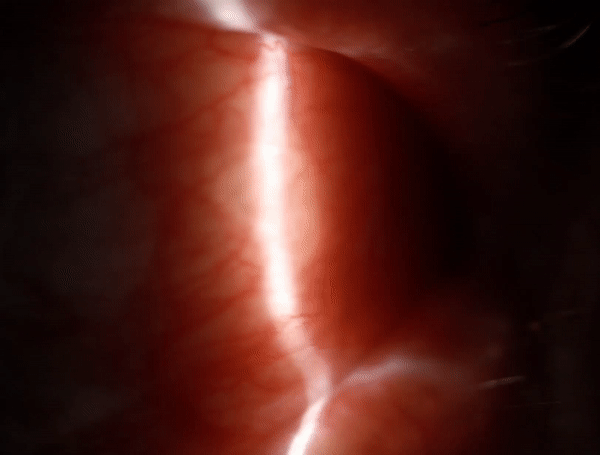Volume 27, Number 1—January 2021
Dispatch
Ocular Filariasis in Human Caused by Breinlia (Johnstonema) annulipapillata Nematode, Australia
Video

Video. Slit lamp video of live, coiled male filarial nematode, Breinlia (Johnstonema) annulipapillata, from the subconjunctiva of a human patient with ocular filariasis, Brisbane, Queensland, Australia, 2019.
Page created: September 17, 2020
Page updated: December 21, 2020
Page reviewed: December 21, 2020
The conclusions, findings, and opinions expressed by authors contributing to this journal do not necessarily reflect the official position of the U.S. Department of Health and Human Services, the Public Health Service, the Centers for Disease Control and Prevention, or the authors' affiliated institutions. Use of trade names is for identification only and does not imply endorsement by any of the groups named above.